Like a perpetual motion machine, a time crystal forever cycles between states without consuming energy. Physicists claim to have built this new phase of matter inside a quantum computer.



Physicists at the National Institute of Standards and Technology (NIST) have linked together, or “entangled,” the mechanical motion and electronic properties of a tiny blue crystal, giving it a quantum edge in measuring electric fields with record sensitivity that may enhance understanding of the universe.
The quantum sensor consists of 150 beryllium ions (electrically charged atoms) confined in a magnetic field, so they self-arrange into a flat 2D crystal just 200 millionths of a meter in diameter. Quantum sensors such as this have the potential to detect signals from dark matter — a mysterious substance that might turn out to be, among other theories, subatomic particles that interact with normal matter through a weak electromagnetic field. The presence of dark matter could cause the crystal to wiggle in telltale ways, revealed by collective changes among the crystal’s ions in one of their electronic properties, known as spin.
As described in the August 6, 2021, issue of Science, researchers can measure the vibrational excitation of the crystal — the flat plane moving up and down like the head of a drum — by monitoring changes in the collective spin. Measuring the spin indicates the extent of the vibrational excitation, referred to as displacement.
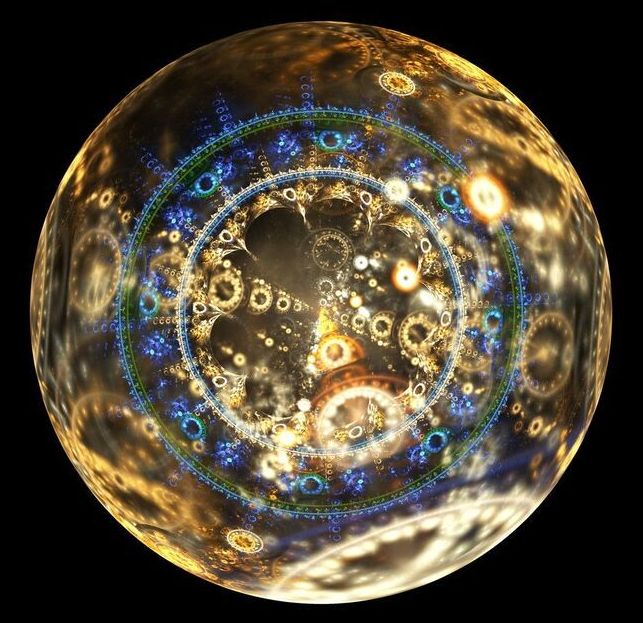
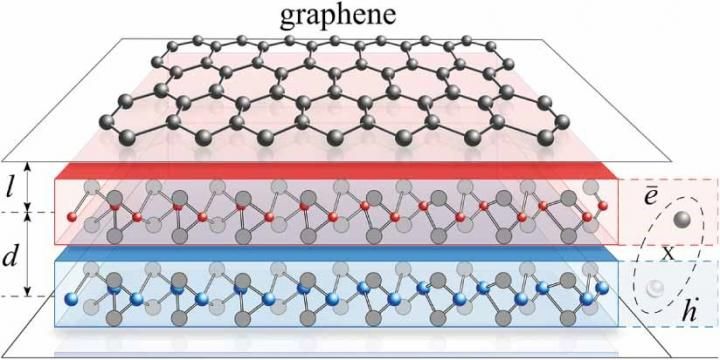
2D form of carbon transforms into a high-temperature superconductor if placed near a Bose-Einstein condensate, say theorists.
Graphene can be made to superconduct by placing it next to a Bose-Einstein condensate – a form of matter in which all the atoms are in the same quantum state. According to the theorists who discovered it, this new type of superconductivity stems from interactions between the electrons in graphene and quasiparticles called “bogolons” in the condensate. If demonstrated experimentally, the work could make it possible to develop new types of hybrid superconducting devices for applications in quantum sensing and quantum computing.
Conventional superconductivity occurs when phonons – quasiparticles that arise from vibrations in a material’s crystal lattice – cause electrons in the material to pair up despite their mutual electromagnetic repulsion. If the material is cooled to sufficiently low temperatures, these paired electrons (known as Cooper pairs) can travel through it without any resistance.
Bose-Einstein condensates (BECs) form when bosons, or particles with integer quantum spin, are cooled until they are all in the same quantum state. Within this special “fifth state of matter”, quasiparticles called Bogoliubov excitations can develop. Named after the Russian physicist Nikolaï Bogoliubov, who was the first to provide a theoretical description of them, these quasiparticles are usually known as bogolons. Ivan Savenko, who led the research at the Institute for Basic Science (IBS) in Korea, explains that bogolons are similar to phonons in the sense that they also serve as mediators for electron-electron attractions.
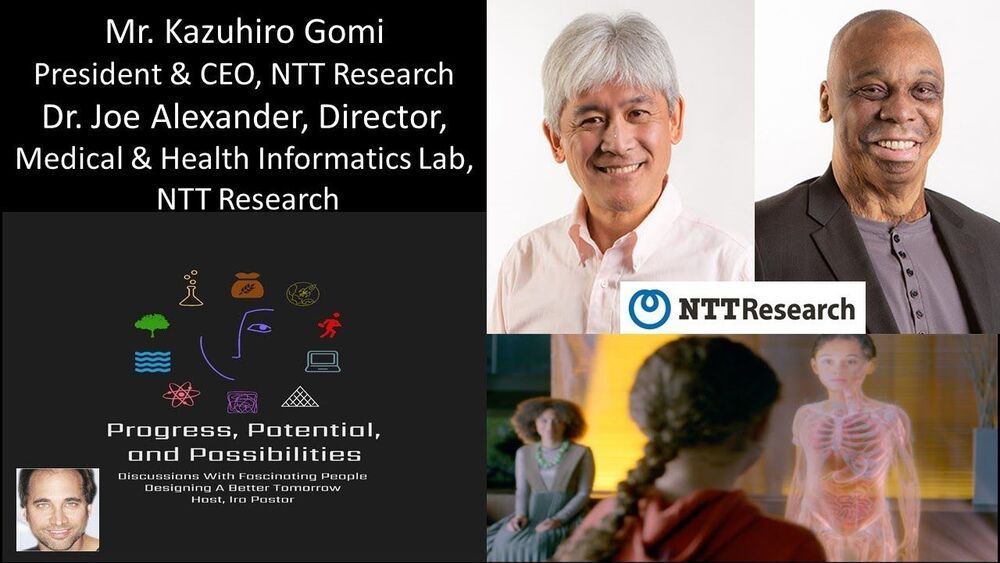
Bio-Digital Twins, Quantum Computing, And Precision Medicine — Mr. Kazuhiro Gomi, President and CEO, and Dr. Joe Alexander, MD, Ph.D., Director, Medical and Health Informatics (MEI) Lab, NTT Research.
Mr. Kazuhiro Gomi, is President and CEO of NTT Research (https://ntt-research.com/), a division of The Nippon Telegraph and Telephone Corporation, commonly known as NTT (https://www.global.ntt/), a Japanese telecommunications company headquartered in Tokyo, Japan. Mr. Gomi has been at NTT for more than 30 years and was involved in product management/product development activities at the beginning of his tenure. In September of 2009, Mr. Gomi was first named to the Global Telecoms Business Power100 — a list of the 100 most powerful and influential people in the telecoms industry. He was the CEO of NTT America Inc. from 2010 to 2019 and also served on the Board of Directors at NTT Communications from 2012 to 2019. Mr. Gomi received a Masters of Science in Industrial Engineering from the University of Illinois at Urbana-Champaign, and a Master of Science in Electrical Engineering from Keio University, Tokyo. Mr. Gomi is a member of the board at US Japan Council, a non-profit organization aimed at fostering a better relationship between the US and Japan.
Dr. Joe Alexander, is Director of the Medical and Health Informatics (MEI) Lab at NTT Research, where he oversees the MEI Lab research in multi-scale Precision Cardiology platforms such as the cardiovascular bio-digital twin, as well as heart-on-a-chip technology, specifically aimed at developing the infrastructure for a digital replica of an individual’s heart. In addition, the MEI Lab is working on nano-and micro-scale sensors and electrodes, other organ-on-a-chip micro-fluidics technologies, as well as wearable and remote sensing to support future bio-digital twin applications.
Before coming to NTT Research, Dr. Alexander spent 18 years at Pfizer, Inc., where he had most recently served as Senior Medical Director, Global Medical Affairs, working in cardiovascular medicine, worldwide clinical imaging and measurement technologies, medical devices and pulmonary hypertension, and regularly conducting modeling and simulation research in many of these areas. He previously worked for two years at Merck, Inc. and spent eight years at Vanderbilt University, where he completed a two-year residency in internal medicine and served as a professor of medicine and biomedical engineering. Dr. Alexander obtained his M.D. and Ph.D. (in biomedical engineering) degrees at the Johns Hopkins University School of Medicine.

A time crystal is a unique phase of matter that flips between two states with no energy input necessary – first proposed in 2012, this type of matter has now been created inside a quantum computer built by Google. The discovery is one of the first real-world problems solved by a quantum computer, and could also be harnessed to improve them.

Forget Google Search and Fuchsia. Researchers from Google, Stanford, Princeton, and other universities might have made a computer discovery so big we can’t fully comprehend it yet. Even Google researchers aren’t entirely sure that their time crystal discovery is valid. But if it turns out to be accurate, then Google might be one of the first companies to give the world a crucial technological advancement for the future. Time crystals will be an essential building block in quantum computers, the kind of computers that can solve complex problems with incredible speed and power technologies that aren’t even invented.
What is a quantum computer?
Google isn’t the only company building quantum computers, and these types of machines keep popping up in the news with regularity. Quantum computers won’t reach your phone, and they’re not going to play games. Even if they did, Nintendo will totally ignore the latest computer technology when designing future consoles.

The world’s first commercial fully re-programmable satellite lifted off from French Guiana on Friday on board an Ariane 5 rocket, ushering in a new era of more flexible communications.
Unlike conventional models that are designed and “hard-wired” on Earth and cannot be repurposed once in orbit, the Eutelsat Quantum allows users to tailor the communications to their needs—almost in real-time.
The satellite will be placed in orbit some 36 minutes after the launch.
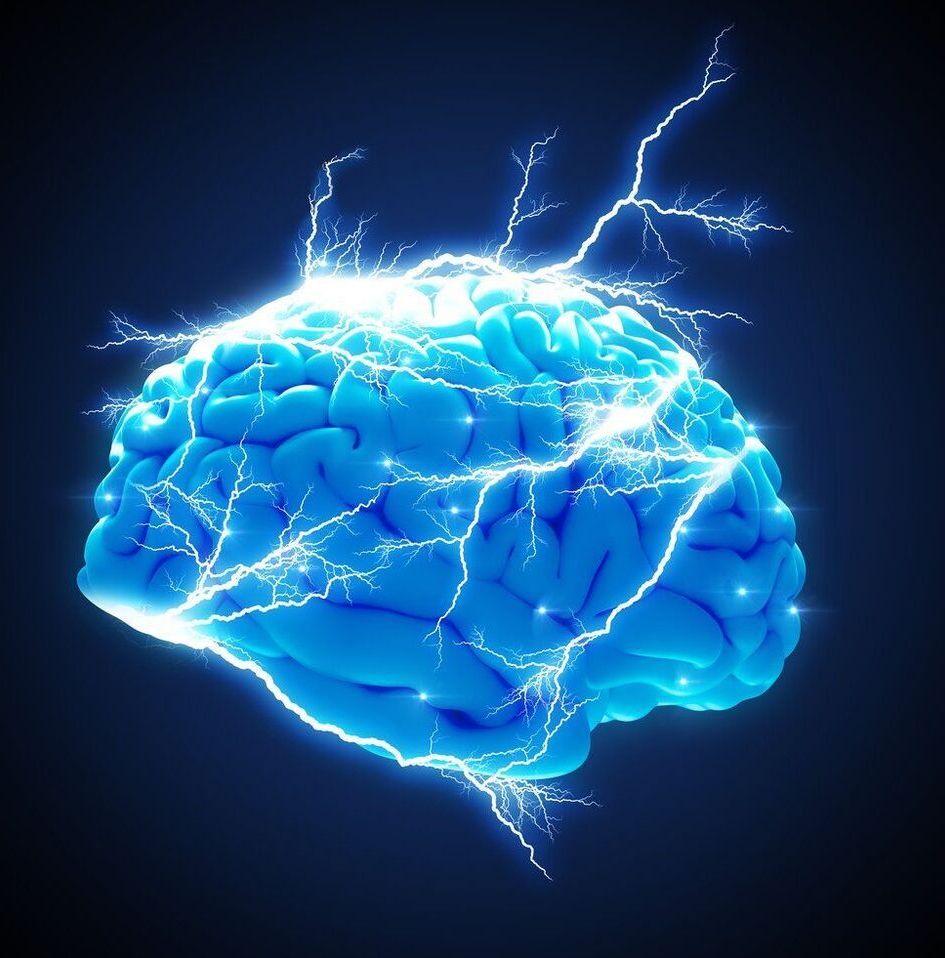
Adapted from The Grand Biocentric Design, by Robert Lanza and Matej Pavsic, published by BenBella Books (2020).
You keep staring at the repair man. His words are starting to sink in. The fabulous and expensive generator you bought a few years ago to keep the lights burning during storms and power failures needs a major repair.
“A head gasket?”
You echo the phrase he just used, fearing that it has a pricey ring to it. “What exactly is a head gasket?”
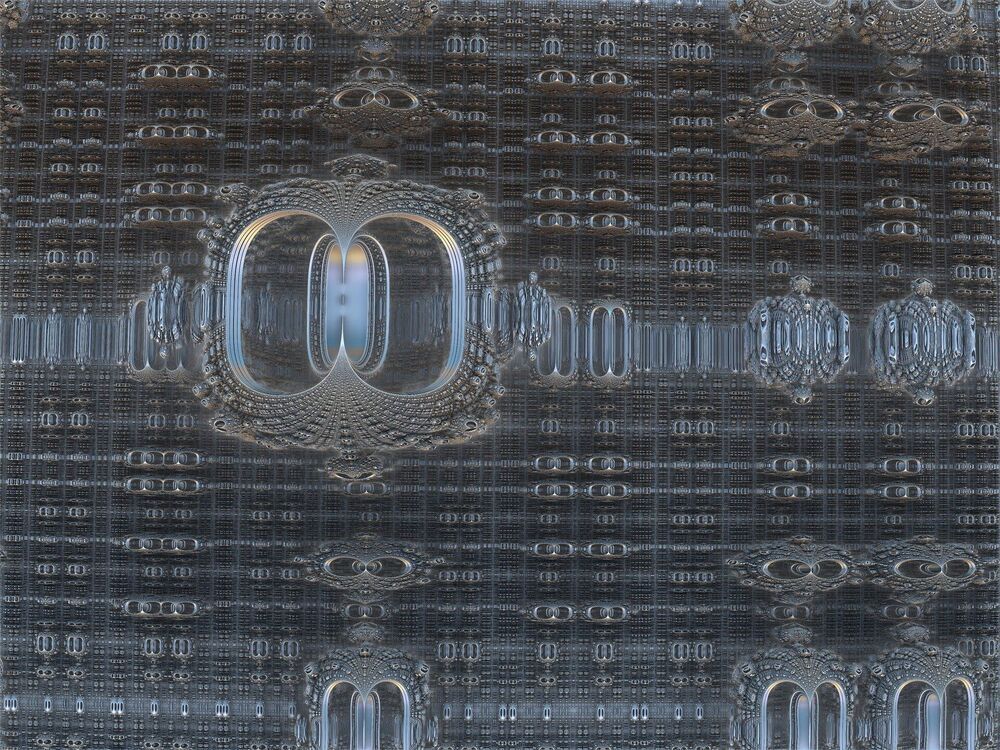
Researchers at the University of Sydney and quantum control startup Q-CTRL today announced a way to identify sources of error in quantum computers through machine learning, providing hardware developers the ability to pinpoint performance degradation with unprecedented accuracy and accelerate paths to useful quantum computers.
A joint scientific paper detailing the research, titled “Quantum Oscillator Noise Spectroscopy via Displaced Cat States,” has been published in the Physical Review Letters, the world’s premier physical science research journal and flagship publication of the American Physical Society (APS Physics).
Focused on reducing errors caused by environmental “noise”—the Achilles’ heel of quantum computing —the University of Sydney team developed a technique to detect the tiniest deviations from the precise conditions needed to execute quantum algorithms using trapped ion and superconducting quantum computing hardware. These are the core technologies used by world-leading industrial quantum computing efforts at IBM, Google, Honeywell, IonQ, and others.